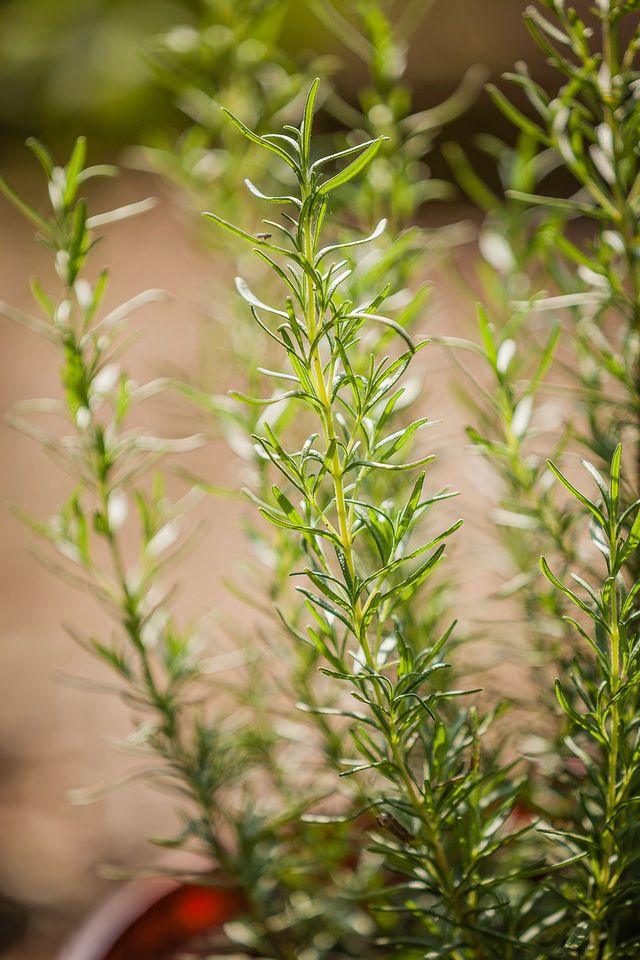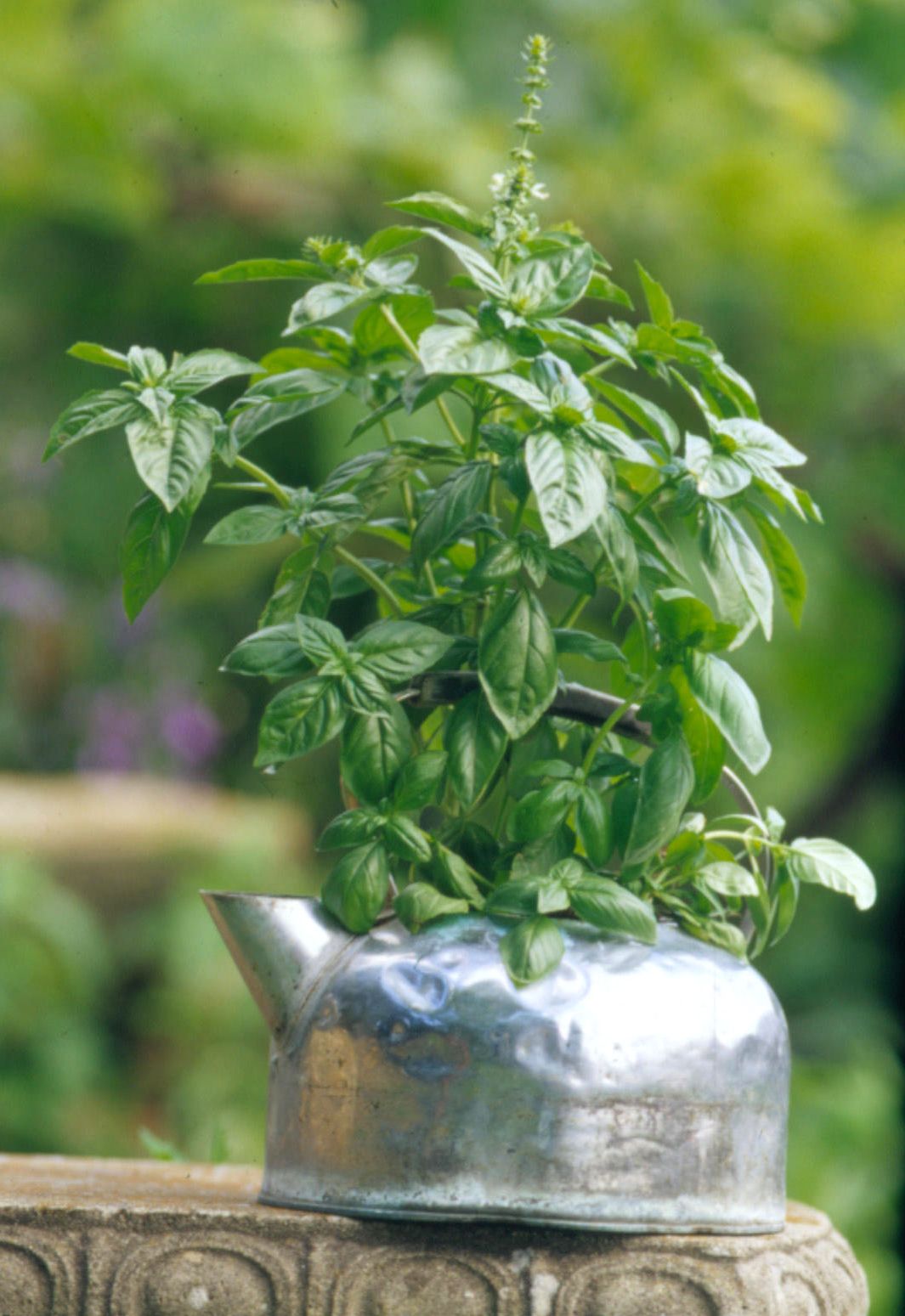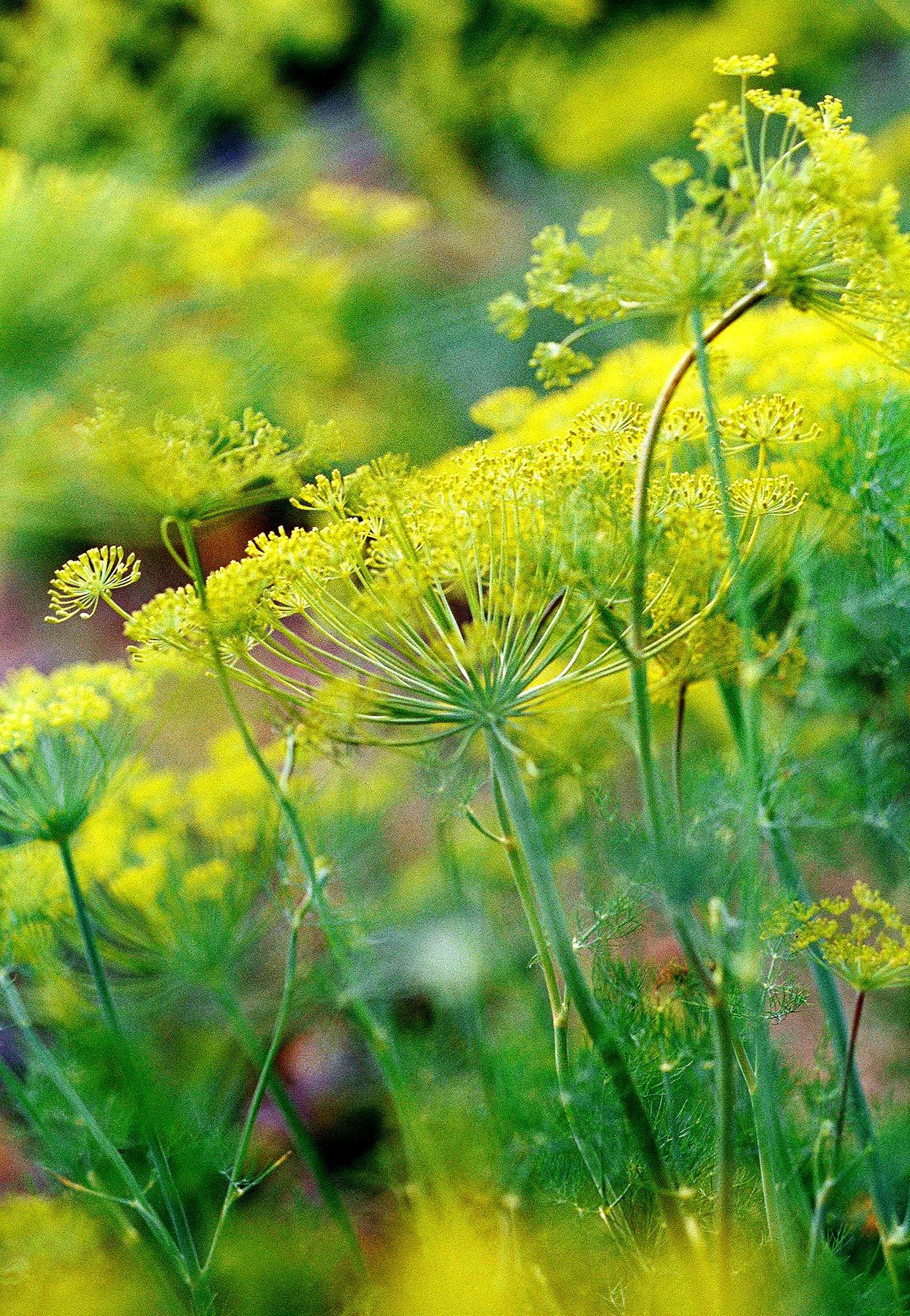Spring begins for me when I start planning, preparing, and planting my garden. I live in a duplex and only have space for a narrow raised bed and a few containers, so I have to be deliberate in my plant selection. I'm also not known for my gardening skills; my family looks with pity upon most of the plants I bring home, knowing they probably won't last long. That said, I have found several herbs that even I can keep alive. And the benefits of growing an herb garden make these aromatic plants well worth growing: they don't need much room to thrive, you can easily use them in your cooking, and herbs taste so much better when they are fresh-picked. But you may not have considered that an herb garden can also save you money.
Of course, cost savings isn’t the only reason to plant an herb garden, but it may be the best reason to motivate you this year. Not only do herbs take a smaller area to grow than many other edible plants; they also can be relatively costly if you buy them at the grocery store rather than growing them yourself.
Let’s break it down. If you want to make a delicious herb chicken for dinner tonight, you may need to purchase two to three different herbs. Fresh herbs usually run in the range of $2-$5 per bundle, so if you spring for all the herbs the recipe calls for, the cost can quickly add up. Additionally, you probably won’t need the whole bunch for most recipes, just one or two sprigs, so the rest ends up going to waste. And the cycle repeats itself every time you find a new recipe. By contrast, growing an herb garden requires only purchasing the initial seeds or seedlings and preparing the space to cultivate them. Once established, you have all the herbs you need for your favorite recipe any night of the week.
After minimal setup costs, there is little additional financial outlay involved in maintaining your herb garden other than elbow grease. You can clip off and use just a leaf or two or whatever amount you need for the particular recipe you want to whip up. Additionally, the herbs will be fresher and more flavorful than if you had bought them in the store. That’s a win-win!
If you have only a limited area to plant your garden, start by thinking about the herbs you use most for your cooking. Which ones are your go-to herbs? If you grow herbs that you already know how to use in recipes, you're more likely to make good use of them. Of course, it's also fun to experiment; maybe there are some herbs you can’t find at your local market, and the only way to bring them into your cooking is by growing them yourself. I recommend adding one or two herbs that you are curious to sample in your cuisine.
Next, think about the space and location for growing your herbs. Will they be indoors or out in your garden? In the ground or pots? Will they have full sun or mostly shade? For herbs that are perennials, check out the USDA Plant Hardiness Zone Map to see if the plants you want to grow will be able to thrive where you are. Selecting herbs that fit the environment and physical space you have available for them will also help maximize your harvests while using your resources efficiently. Here are my top picks that maximize space-saving, cost-cutting, and cooking possibilities.
1. Rosemary
Of all the herbs listed here, rosemary is the one I would recommend planting outside in the ground if you have space. This hearty aromatic plant can grow into a full woody bush where it is hardy (Zones 8-10). Rosemary is very flavorful and comes in handy for quickly livening up potatoes or chicken. Most important, it is a snap to grow in most areas of the country. Just be aware that if you live in a colder region, the plant may not survive the winter unless you move it to a protected spot until spring.
2. Basil
You can add a few leaves of fresh basil to just about any dish for a taste of Italy. While pesto maybe the first thing you think of to make, this herb works in everything from savory dishes to desserts and even drinks like a basil lemon drop cocktail. By having the plant ready and waiting, I can pick what I need when I need it. Basil is easy to grow in a sunny spot, indoors or out. It comes in dozens of varieties, from classic 'Genovese' basil to Thai basil, and from compact 'Spicy Globe' to large-leafed 'Italian Mammoth'.
3. Dill
My new passion is pickling; I have been experimenting with cucumbers, carrots, even green beans. But the key to good pickled veggies is the herbs and spices you add to the pickling liquid, and a pickle’s best friend is dill. This beautiful and easy-to-grow plant will pep up your garden and your fermentation process. Dill is an annual, so you'll need to replant it each spring; it does reseed itself easily if you let the flower heads fully develop.
4. Mint
One of the most varied and versatile herbs to get to know is mint. I like to use mint in baked goods and to add a refreshing flavor to beverages from tea to cocktails like mojitos and juleps. There are all kinds of different varieties that you may never see at your local grocery store, such as apple mint, chocolate mint, ginger mint, and orange mint, which are especially fun to grow in your garden. This vigorous herb is very easy to grow, to the point where it can get out of control, so keep it confined to a container if you don't want it taking over your yard.
5. Catnip
Although technically in the mint family, catnip is very different from culinary mint. And instead of using it in the kitchen, this herb is for your feline friends. Cats go bonkers over fresh leaves, or you can add dried leaves to homemade cat treats or stuff into a cat toy. If you regularly purchase catnip from pet stores, you'll see a difference in your pocketbook right away by growing your own, and your cats will be on cloud nine. You can grow this perennial herb indoors or outside, but just like its mint cousins, catnip can get overly rambunctious so it's best to keep it in a pot.
Have fun creating your herb garden, and just remember they will pay for themselves in no time at all. They'll brighten up your kitchen or patio with vivid colors and fantastic aromas. Plus, you'll have a plentiful supply always at the ready to play around with, from using them in baking to spicing up your favorite beverage.



![A Tranquil Jungle House That Incorporates Japanese Ethos [Video]](https://asean2.ainewslabs.com/images/22/08/b-2ennetkmmnn_t.jpg)









